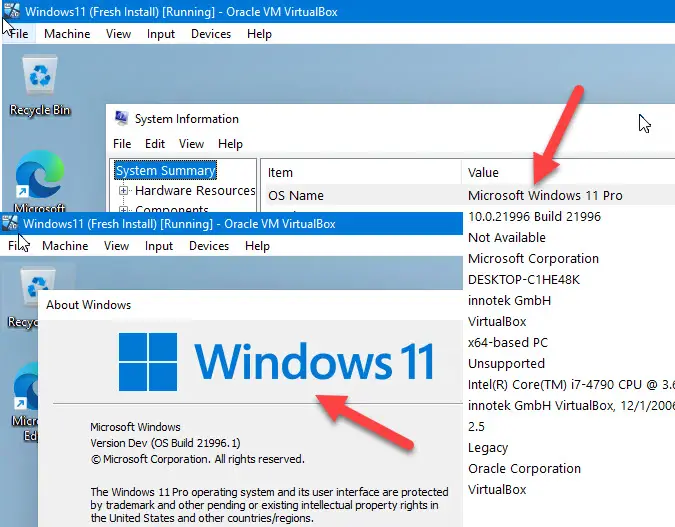
- #Create virtualbox mac os x vm using windows pdf
- #Create virtualbox mac os x vm using windows install
- #Create virtualbox mac os x vm using windows Pc
Note: XCode uses a lot of space when it updates. Don’t skimp on size here or you’ll be reinstalling later.
#Create virtualbox mac os x vm using windows install
Ignore that my screen shot shoes 40 GB In future steps you’ll need to install XCode and Xamarin Studio. I suggest VDI format, dynamically sized, and 60 GB in size.


Download the macOS Sierra installer via the App Store.Launch Disk Utility and format the USB drive with the name USB and the format of GUID Partition Map. In a nutshell, here’s what you’ll be doing in this step:
#Create virtualbox mac os x vm using windows pdf
Here is a marked-up PDF of the article in case the link doesn’t work. When asked whether to use UEFI or Legacy boot mode, choose Legacy. Special thanks to the Hackintosh website.

If you’re all set with the above, follow the instructions at the awesome Tony Mac x86 website. We’ll be extracting a Sierra installer in a moment. I’d go the USB 3.0 or higher route so things run a bit faster. I imagine you own both Mac OS and the drive. We’ll be using Unibeast, Multibeast, and the Clover bootloader. 16GB or larger thumb drive, preferably USB 3įirst things first – you’ll need a Mac running Sierra and at least a 16 GB USB thumb drive.Intel powered machine, preferably i5 or higher.macOS X Sierra Installer, or a machine with Sierra installed – extraction details below.Wouldn’t it be nice to just run OS X in a VM so I could use my Surface Book and not mess with the Apple ecosystem more than necessary? Well, I finally got it working, thanks in large part to the work that’s been done by many people, links of which I’ll credit in this article.
#Create virtualbox mac os x vm using windows Pc
I’ve been struggling with carrying a Mac and PC for Xamarin development for a couple years now.


 0 kommentar(er)
0 kommentar(er)
